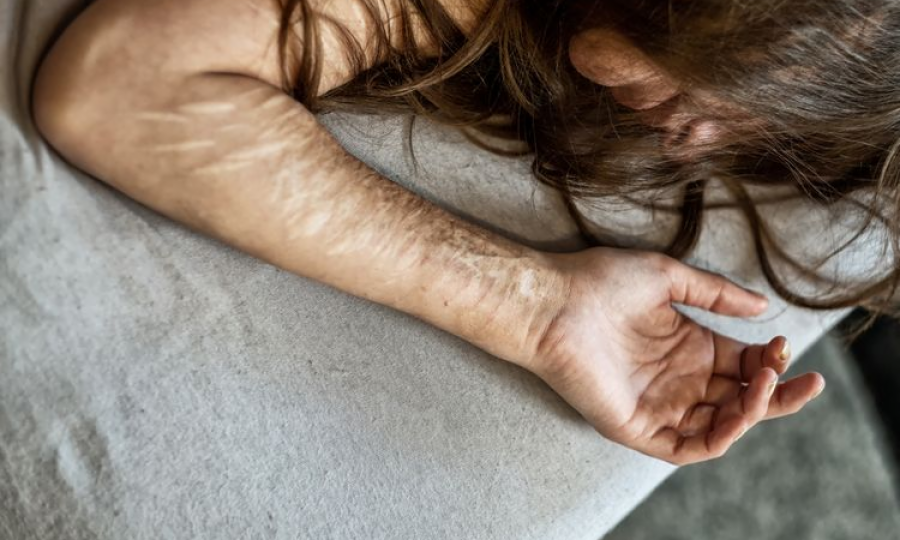Prevalence of repeat self-harm rises rapidly in young children: Research

AUSTRALIA: According to a recent study, cases of repeat self-harm have been common in children as young as ten years old, after their initial presentation in the hospital.
This study, published in the Journal of Affected Disorders, allowed researchers from Black Dog Institute and UNSW Medicine & Health to observe 81,000 cases of self-harm in children, as presented in the hospital on either one or multiple occasions.
48,567 patients were observed, with ages lying between 10 to 29 years of age from 2014 to 2019 in New South Whales.
Dr Michelle Tye, senior author of the study commented saying, Primary school teachers have overheard conversations surrounding suicide and self-harm at playgrounds. She said that this particular study shall shed light on the fact that adolescents are at high risk for self-harm and suicide.
The research depicted that the incidence of repeat self-harm was highest in those children whose first episode was during the age of 10 -19 years.
“Adolescence is a stressful period of change, but young people today face unprecedented uncertainty, the COVID-19 pandemic, climate anxiety, and economic stress colliding,” Dr Tye says. “It’s likely they’re not coping with distress well and turning to self-harm as a way of coping.”
According to the Lead author of the study Dr Jiahui Qian, from the Black Dog Institute and UNSW Medicine & Health, self-harm cases in adolescents may be far more than reports claim.
Dr Qian said that statistics surrounding self-harm cases in adolescents are derived from those presented in the hospital. These statistics may change considering the number of cases that are reported in hospitals.
Routine psychological and risk assessments in children may reduce the prevalence of self-harm in children.
However, the incidence of these cases prove the need for a more immediate approach toward reducing this risk.
Trending
Popular
Sindh pledges vigorous action to prevent poliovirus transmission
-
PMA stresses health equity on World ...
04:08 PM, 9 Apr, 2024 -
Dow University’s new rabies vaccine ...
12:18 PM, 28 Mar, 2024 -
IRD role lauded in advancing ...
02:53 PM, 12 Mar, 2024 -
Over one billion people worldwide ...
09:48 AM, 5 Mar, 2024



